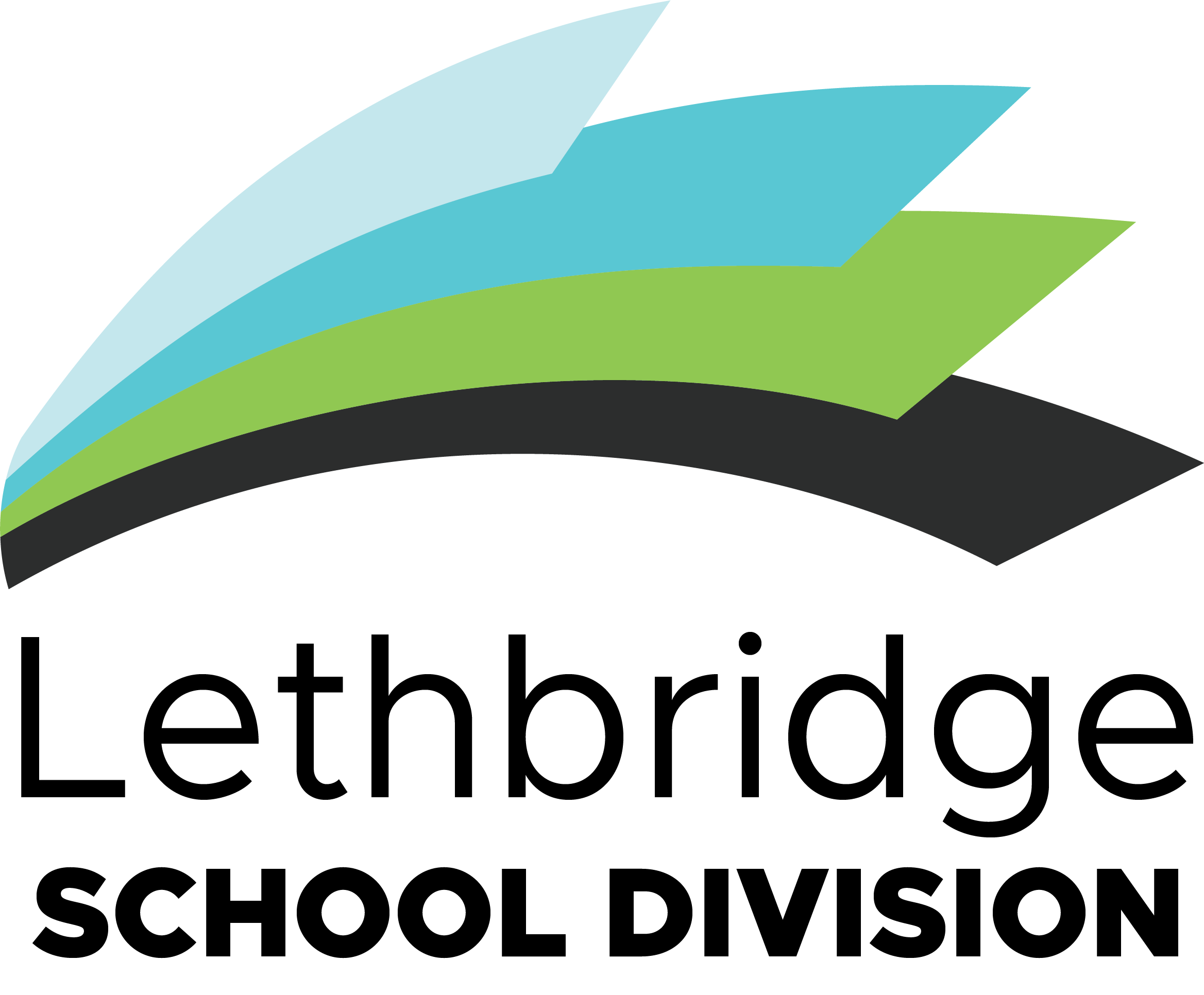Lesson - Classifying Animals in Spring

Classifying Animals in Spring
We are seeing many changes in the environment, which can be compared and analyzed at higher levels of thinking. Some of my favourite Spring changes include the presence of more animals! We are going to classify all the animals we have seen in nature lately and chunk the information in our brains so that all the interesting things we learn can be remembered more easily. Have fun with these activities and please share what you write / create / find with your teacher via photos or videos, so they may be shared with your peers ????
Science:
Scientific classification is a fun way to remember larger amounts of information by comparing and relating all the smaller details with one another…
- To begin, help your child brainstorm all of the animals you have seen outside lately. Write as many examples of these living things down as you can on a piece of paper (this can be done in the format of a web; encourage your child to write some of the letters / words as they are capable). Look at the image at the top of the lesson for an example of brainstorming “webs”:
- Next, you will get ready to sort these examples of animals from your web into more general lists. The types of animals on Earth include Mammals, Birds, Fish, Amphibians, Insects (Arthropods), and Reptiles. *Check out this video about the similarities and differences between types of animals (you will need to read the information out loud to your child as the video plays as it involves reading):
- Obviously, you haven’t seen ALL of the same animals here in Lethbridge as are mentioned in the video, but you have certainly seen some animals in our hometown this Spring…
As you begin to complete your lists, encourage your child to think about what the animals they have seen have in common with each other, and also have your child consider the differences between the animals. Classifying Animals Table
… and that is how you classify large amounts of scientific information into a simpler system that makes it easier for your brain to remember.
Math:
1. We are going to examine numbers and compare them too…
- Count how many lists you have; How many types of animals do we have here on planet Earth?
- Now count the number of animals you have listed in each group; write the number of animals in each list underneath or above the lists; write these numbers from least to greatest, and then from greatest to least.
2. Now use the numbers to create addition and subtraction equations:
- Add all the combinations of numbers you can by pairing up different sets of numbers from your 6 lists (Examples: Birds + Mammals, Reptiles + Insects, Fish + Amphibians, Birds + Reptiles, Mammals + Insects, Fish + Birds, Amphibians + Mammals… there are at least 30 basic combinations, do as many as you like)
- Look at the numbers of animals in each list and create subtraction equations with them; write the greater number in a pair first and then take away the lesser number. How many of these can you create?
Authentic Writing:
- Think about how these animals interact in nature… which ones are predators (animals that hunt other animals), and which ones are prey (animals that are hunted by other animals). What do you suppose would happen if there were too many prey animals for the predators to hunt for? Would the prey animals take over and create problems in the environment? Would the predators have to hunt more than normal and get so full they would become obese? Would the prey animals stop reproducing as much?
- Parent/guardian, please record the details your child shares in these planning and writing phases… (have your child) choose an animal in the wild and determine whether it is a predator or prey animal; give your animal a name and describe the place where he/she lives (is your animal from the jungle, the ocean, the Arctic… what is it like there?); Create a brainstorming web with your ideas… and think of a way that this animal might solve the problem of there being too many prey in their ecosystem… what happens in the story is called the plot – be sure to add some ideas about that to your web.
- Write a story with your animal as the main character; use all of the interesting ideas you brainstormed to tell a tale about your animal living in nature and noticing that there are more of a certain other kind of animal than usual in that place… what can they do to help? How will they solve the problem? Have fun and be silly if you like!

